Table of Contents
Knee pain is a common issue that can make even simple tasks difficult. The inside of your knee, or the medial knee, is especially prone to pain due to its complex structure and the many activities that can strain it. Understanding the reasons behind the insides of knees hurt and knowing the treatments available can help you manage it better.
Key Takeaways
Understanding the Anatomy of the Knee
The knee is a complex joint made up of different structures – bones, tendons, ligaments, and muscles. They all work together to maintain the knee’s normal function. Understanding the anatomy of the knee helps in identifying where the pain is coming from.
Key Structures Involved in Knee Function
The knee joint is made up of several key structures:
How the Knee Joint Works
The knee joint works like a hinge, allowing the leg to bend and straighten. The synovial fluid in the joint keeps it lubricated, while the articular cartilage allows the bones to glide smoothly over each other. When these structures are damaged, it can lead to pain and limited movement.
Common Areas Prone to Injury
Certain areas of the knee are more prone to injury:
Knowing the anatomy of the knee is crucial for diagnosing and treating knee pain effectively.
Common Causes of Inner Knee Pain
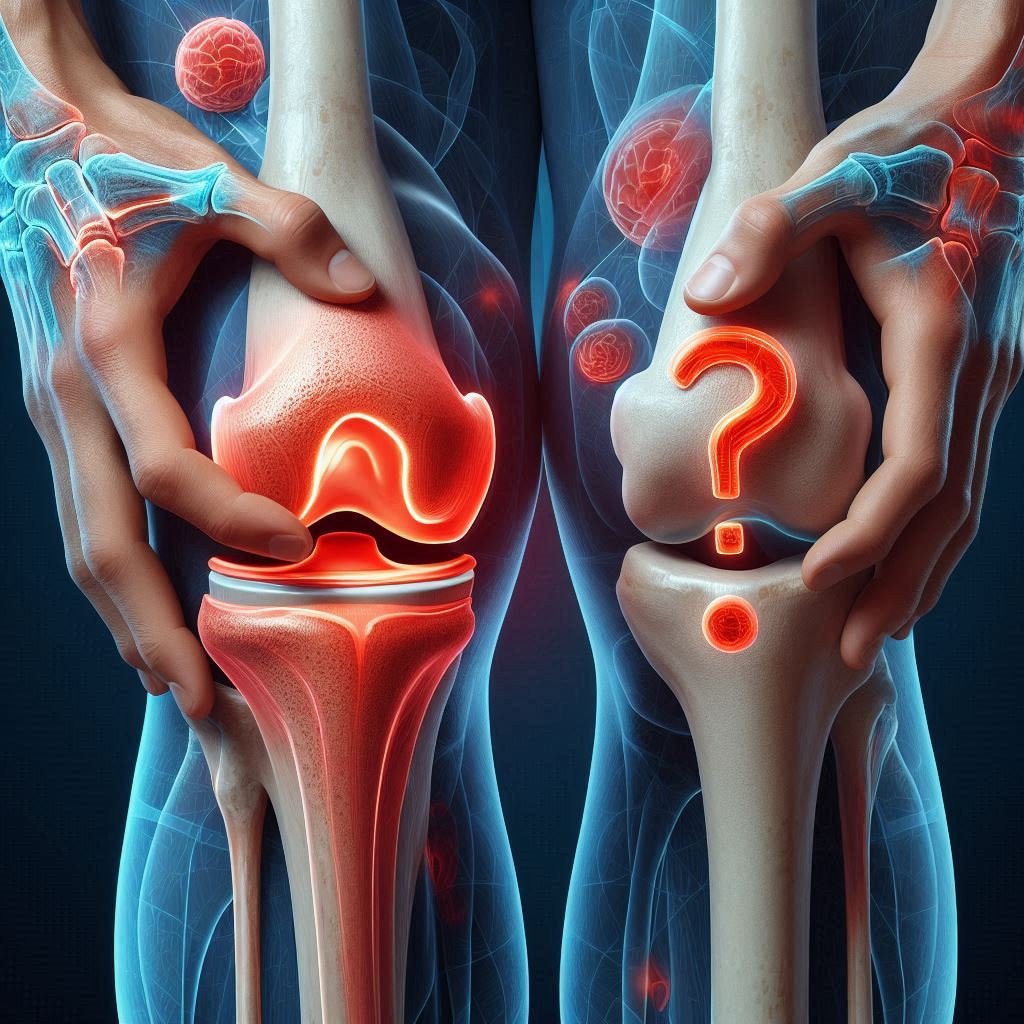
Inner knee pain can be caused by several different issues. Here are some of the most common reasons why you might be feeling pain on the inside of your knee.
Medial Collateral Ligament (MCL) Injuries
The medial collateral ligament (MCL) runs along the inner side of your knee. Injuries to this ligament often happen during sports or activities that involve sudden changes in direction. Symptoms of an MCL injury include swelling, instability, and sometimes a popping sound at the time of injury.
Meniscus Tears and Irritations
The meniscus is a piece of cartilage that acts as a cushion between your thigh bone and shin bone. A tear in the medial meniscus can cause inner knee pain. This type of injury often occurs during activities that involve twisting or turning quickly. You might feel stiffness, a sharp pain when twisting your knee, or even a sense of imbalance.
Osteoarthritis and Cartilage Degeneration
Osteoarthritis is a condition where the cartilage in your knee wears down over time. This can lead to pain, especially when you put pressure on the joint, like when walking up stairs. Cartilage degeneration is common as people get older and can make everyday activities painful.
Inner knee pain can be a sign of various underlying issues, from ligament injuries to cartilage wear and tear. Understanding the cause is the first step to finding relief.
Diagnosing Inner Knee Pain
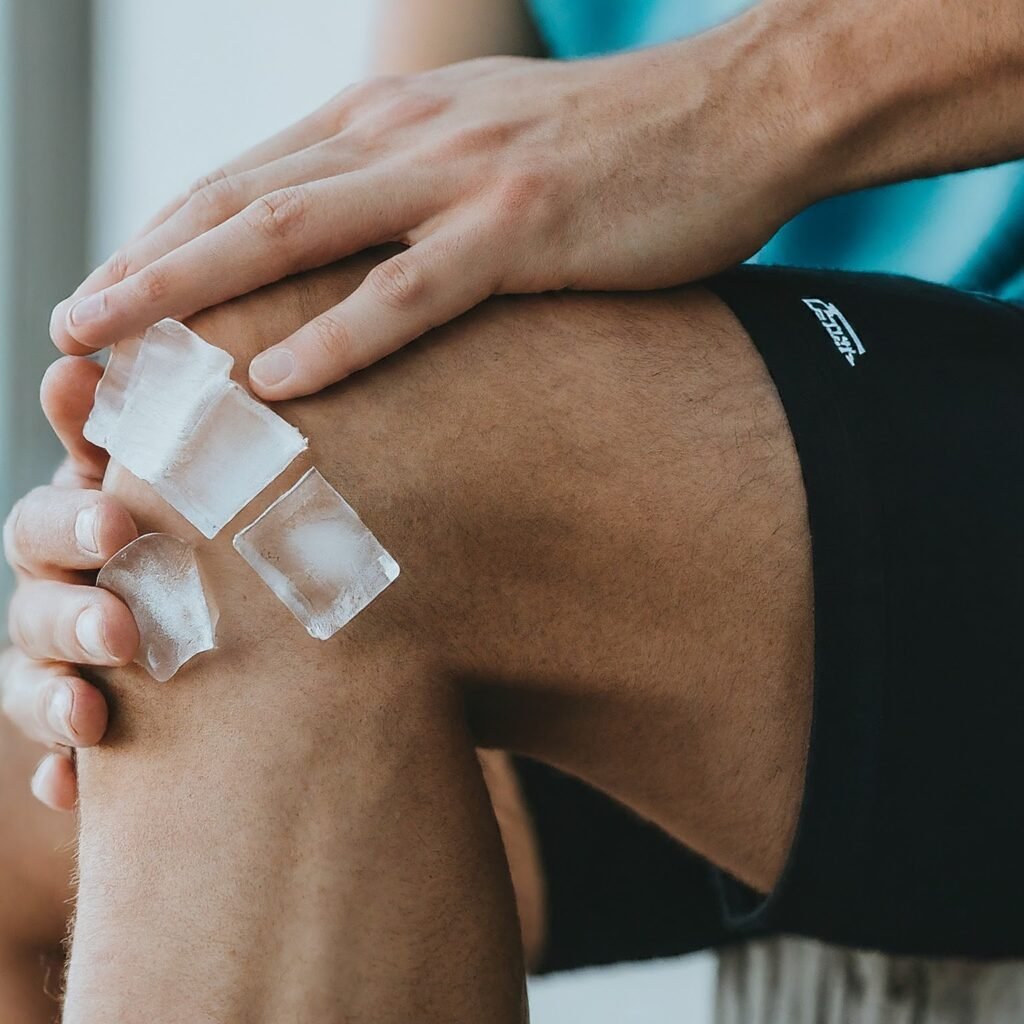
Physical Examination Techniques
When the insides of knees hurt, the first step in diagnosis is a thorough physical examination. This includes assessing pain, range of motion, and stability of the knee. The doctor will ask about your health history and any recent injuries. They will also want to know when the pain is worst and what makes it better or worse.
Imaging Tests for Accurate Diagnosis
To get a clear picture of what’s happening inside your knee, doctors often use imaging tests like X-rays or MRIs. These tests help them see if there’s damage to the cartilage or ligaments. For example, they can check if the MCL or meniscus is torn or stretched.
When to Consult a Specialist
If the pain persists or worsens, it might be time to see a specialist. They can offer more advanced diagnostic tools and treatments. Don’t ignore the pain, as it could lead to more serious issues later on.
Early diagnosis and treatment can prevent further complications and help you get back to your daily activities faster.
Treatment Options for Inner Knee Pain
When dealing with inner knee pain, there are several treatment options available, ranging from non-surgical methods to surgical interventions. Choosing the right treatment depends on the severity and cause of the pain.
Preventing Inner Knee Pain
Strengthening Exercises
Regular exercise and stretching can reduce knee pain related to some common conditions. Exercises that strengthen muscle groups in the upper and lower legs, like the quadriceps and hamstrings, are particularly beneficial. Strong muscles support the knee joint better, reducing the risk of injury.
Proper Techniques in Sports and Daily Activities
Using the right techniques when playing sports or doing daily activities can help prevent knee injuries. For example, bending your knees when lifting heavy objects and wearing proper footwear during sports can make a big difference.
Importance of Weight Management
Carrying too much weight puts extra stress on your knees. Maintaining a healthy weight through a balanced diet and regular exercise can help keep your knees healthy. Eating healthy snacks for kindergarteners can be a good start to instill healthy eating habits early on.
Taking control of your knee pain involves a combination of exercise, proper techniques, and weight management. By focusing on these areas, you can significantly reduce your risk of inner knee pain.
Living with Chronic Inner Knee Pain
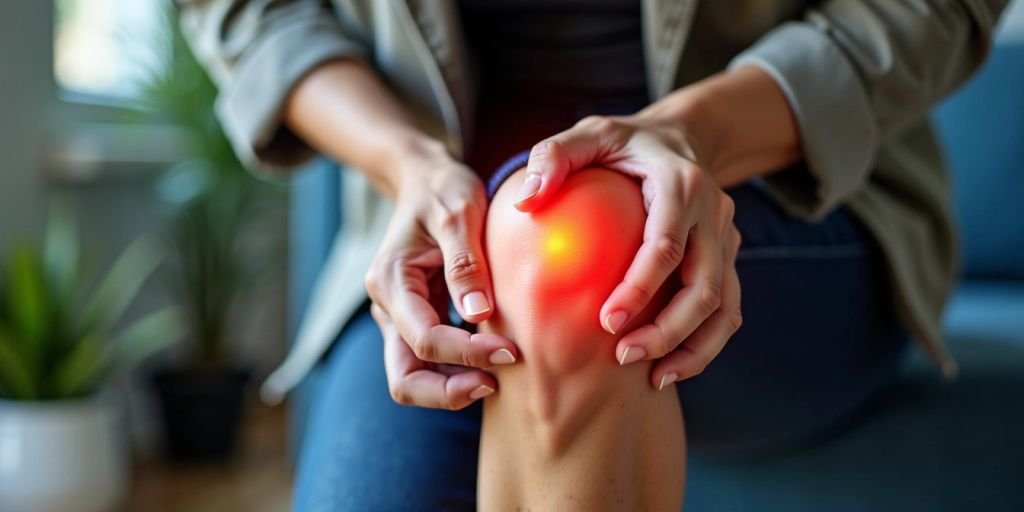
Living with chronic inner knee pain can be challenging, but there are ways to manage it effectively. Here are some strategies to help you cope and improve your quality of life.
Pain Management Strategies
Managing pain is crucial for those with chronic inner knee pain. Over-the-counter pain relievers like ibuprofen can help reduce inflammation and pain. Additionally, applying ice packs to the affected area can provide relief. For more severe pain, your doctor may prescribe stronger medications or recommend injections.
Lifestyle Adjustments
Making certain lifestyle changes can significantly impact your knee health. Maintaining a healthy weight is essential, as excess weight puts additional stress on your knees. Engaging in low-impact exercises, such as swimming or cycling, can help keep your knees strong without causing further damage. It’s also important to avoid activities that can exacerbate your pain, like running or jumping.
Support Systems and Resources
Having a support system can make a big difference when dealing with chronic pain. Joining a support group or connecting with others who have similar experiences can provide emotional support and practical advice. Additionally, consider seeking help from a physical therapist who can guide you through exercises and techniques to improve your knee function.
Living with chronic inner knee pain requires a combination of pain management, lifestyle adjustments, and support from others. By taking proactive steps, you can improve your quality of life and reduce the impact of knee pain on your daily activities.
When to Seek Medical Attention
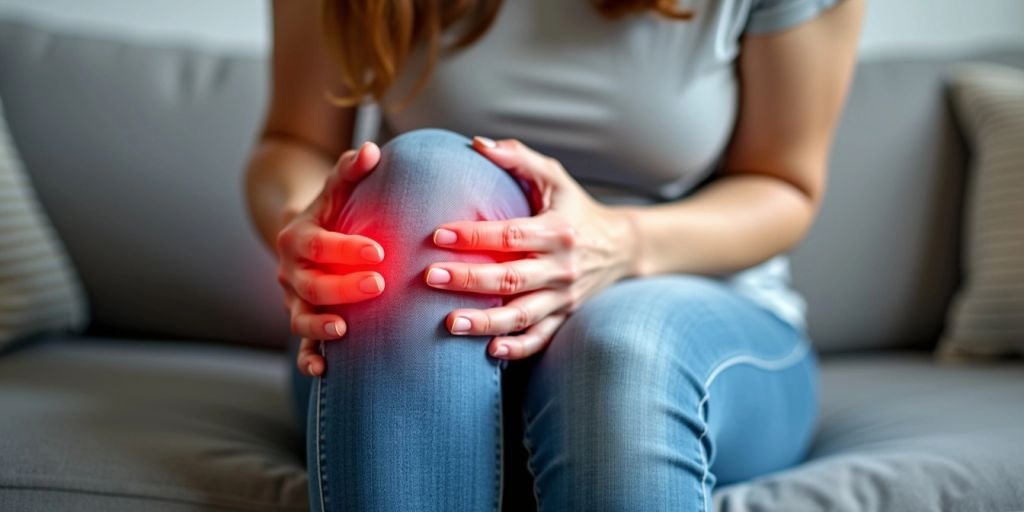
Signs Your Knee Pain is Serious
It’s important to know when your knee pain needs a doctor’s visit. Seek medical attention if you can’t put weight on your leg, or if your knee is very swollen, red, or hot. Also, if your knee feels unstable or locks up, it’s time to see a doctor.
Potential Complications of Ignoring Knee Pain
Ignoring knee pain can lead to bigger problems. You might end up with more damage to your knee, making it harder to treat later. This can also lead to chronic pain and other issues.
How to Prepare for a Doctor’s Visit
When you go to the doctor, be ready to talk about your pain. Make a list of your symptoms and any activities that make the pain worse. This will help the doctor understand your problem better.
Conclusion
In conclusion, inner knee pain can stem from various causes, including injuries, arthritis, and overuse. Understanding the root of your pain is the first step towards effective treatment. Whether it’s through rest, physical therapy, or in some cases, surgery, there are multiple ways to address and manage knee pain. Always consult with a healthcare professional to determine the best course of action for your specific condition. Taking care of your knees is essential for maintaining mobility and enjoying an active lifestyle.
Frequently Asked Questions
What causes pain on the inside of my knee?
Pain on the inside of your knee can be caused by several things. Common causes include injuries to the medial collateral ligament (MCL), meniscus tears, or osteoarthritis. Sometimes, overuse from activities like running can also lead to inner knee pain.
How is inner knee pain diagnosed?
Doctors usually start with a physical exam to check for swelling, pain, and range of motion. If needed, they might recommend imaging tests like X-rays or MRIs to get a closer look at the bones and soft tissues inside your knee.
What are some non-surgical treatments for inner knee pain?
Non-surgical treatments include rest, ice, compression, and elevation (RICE). Over-the-counter pain relievers like ibuprofen can help too. Physical therapy exercises to strengthen the muscles around your knee can also be beneficial.
When should I see a doctor for inner knee pain?
You should see a doctor if your knee pain is severe, if it doesn’t improve with rest, or if it’s accompanied by swelling, redness, or warmth. Also, if you can’t put weight on your knee or if it feels unstable, it’s important to get medical attention.
Can inner knee pain be prevented?
Yes, you can take steps to prevent inner knee pain. Strengthening exercises for your legs, using proper techniques during sports and daily activities, and maintaining a healthy weight can all help reduce the risk of knee pain.
What are the treatment options for chronic inner knee pain?
For chronic inner knee pain, treatments might include long-term physical therapy, pain management strategies like medications or injections, and lifestyle changes such as losing weight. In some cases, surgery might be considered if other treatments don’t help.







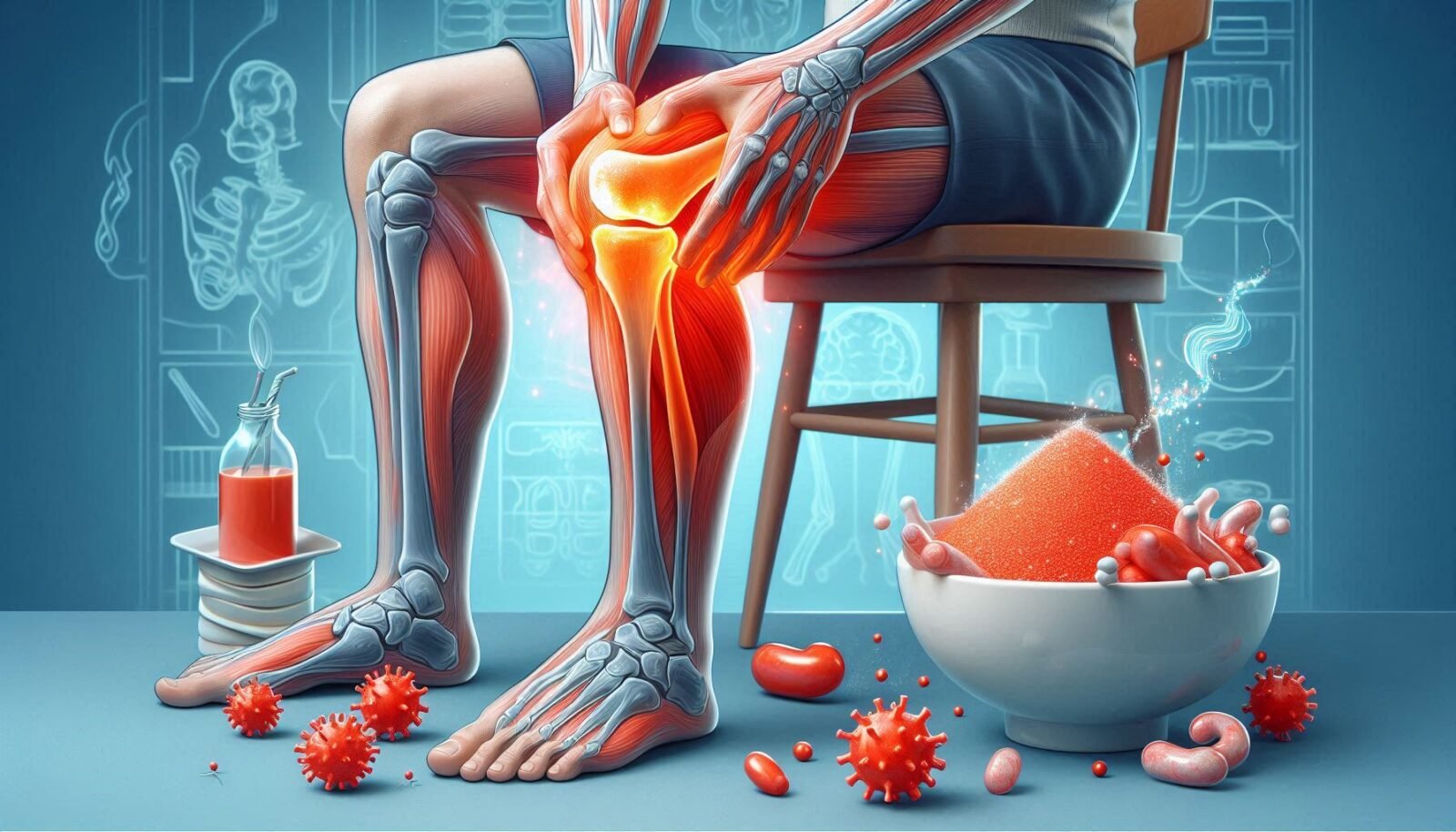

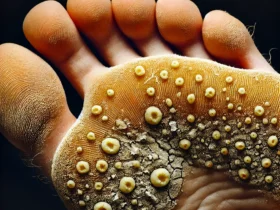
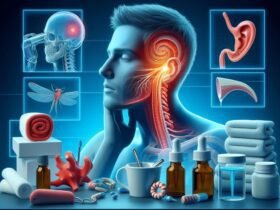
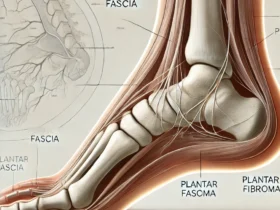


Leave a Review